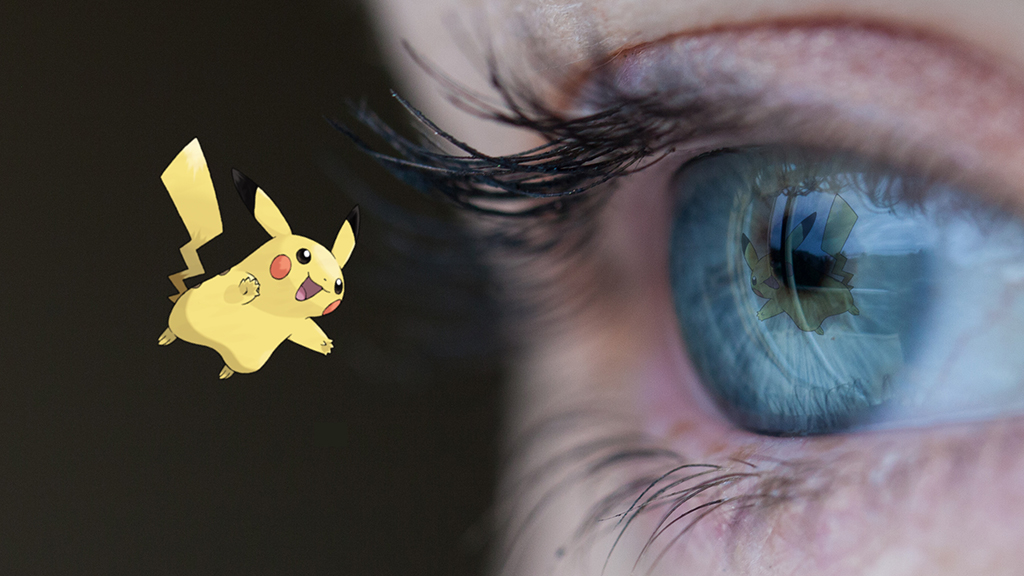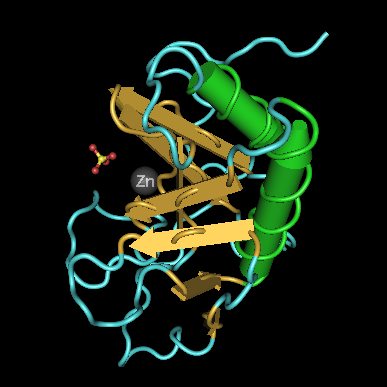
People without the smelling part of their brain can still smell — and it’s puzzling scientists
Think about the last time you had a cold. Think how weird it felt to not be able to smell or taste anything just because your nose was clogged up. That is, to an extent, the life of people with anosmia: the term for not being able to smell.Some patients are born with it. For others, it is the result of neurological diseases, and for others still, it comes from a surgery that removed or damaged the olfactory bulb (OB). For a long time, it was believed that without an OB, a person would not be able to smell, but a team of researchers in Israel found patients who might prove that notion wrong. Locat… (more…)




